Sustainable Practices in Sandblasting
Celebrating Environmental Day: Sustainable Practices in Sandblasting
Every year, World Environment Day reminds us of our collective responsibility to protect our planet. This day is a call to action for individuals, industries, and governments to adopt sustainable practices that minimize environmental impact. In the sandblasting industry, where the potential for environmental harm is significant, adopting eco-friendly practices is crucial. Here's how the sandblasting industry can contribute to a healthier planet.
Understanding the Environmental Impact of Sandblasting
Sandblasting, a process used to clean and prepare surfaces, involves propelling abrasive materials at high speeds to remove coatings, rust, and contaminants. While effective, traditional sandblasting methods can have several adverse environmental effects, including:
Air Pollution: The process generates dust and fine particulate matter, which can contribute to air pollution and respiratory problems for workers and nearby communities.
Water Pollution: Abrasive materials and removed contaminants can enter water systems, affecting aquatic life and water quality.
Waste Generation: Sandblasting produces significant amounts of waste material, including spent abrasives and removed coatings, which require proper disposal.
Sustainable Sandblasting Practices
To mitigate these impacts, the sandblasting industry can adopt several sustainable practices:
1. Use of Eco-Friendly Abrasives:
Traditional sandblasting often uses silica sand, which poses health risks and environmental concerns. Switching to eco-friendly abrasives such as crushed glass, garnet, or walnut shells can reduce environmental harm. These materials are often recyclable and produce less hazardous waste.
2. Dust Containment and Collection:
Implementing dust containment and collection systems can significantly reduce air pollution. Enclosures, barriers, and vacuum systems can capture dust at the source, preventing it from entering the atmosphere and ensuring a cleaner work environment.
3. Water Recycling Systems:
For wet blasting methods, using water recycling systems can minimize water consumption and reduce the risk of water pollution. These systems filter and reuse water, reducing the need for fresh water and preventing contaminated water from entering natural water bodies.
4. Proper Waste Management:
Proper disposal of spent abrasives and removed coatings is essential to prevent environmental contamination. Partnering with certified waste management companies ensures that hazardous materials are disposed of safely and in compliance with environmental regulations.
5. Energy-Efficient Equipment:
Using energy-efficient sandblasting equipment can reduce the industry's carbon footprint. Modern equipment often incorporates technologies that optimize energy use, reducing overall consumption and emissions.
Conclusion
This Environmental Day, let's recognize the importance of sustainable practices in the sandblasting industry. By adopting eco-friendly abrasives, implementing dust containment and water recycling systems, ensuring proper waste management, and using energy-efficient equipment, the industry can significantly reduce its environmental impact. Companies like Clemco are leading the way, showing that it is possible to maintain high standards of performance while protecting our planet.
As we celebrate World Environment Day, let's commit to making sustainable choices that benefit both our businesses and the environment. Together, we can create a cleaner, healthier world for future generations.
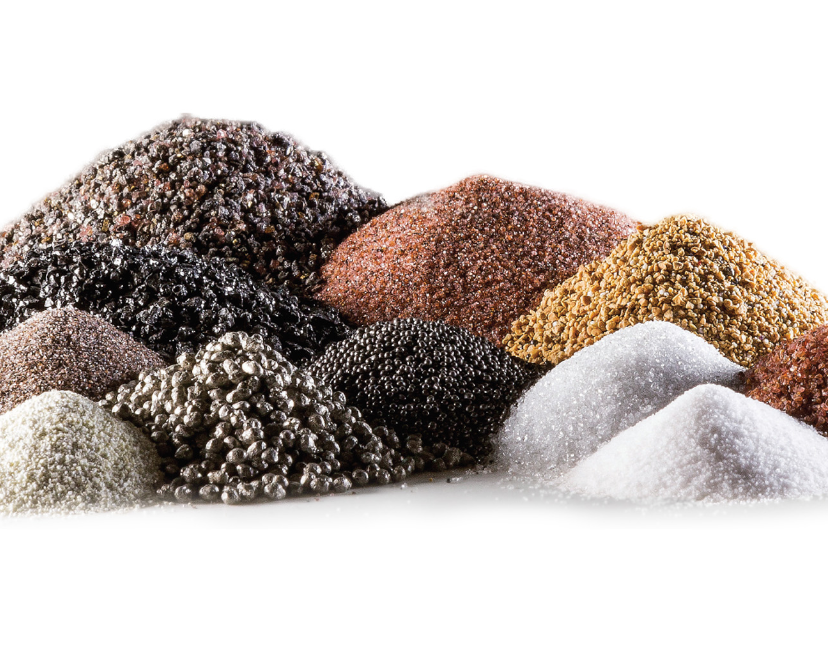 Sandblasting Abrasives
Sandblasting Abrasives
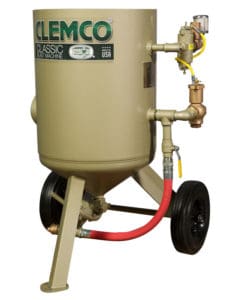 Blast Pot Machines
Blast Pot Machines
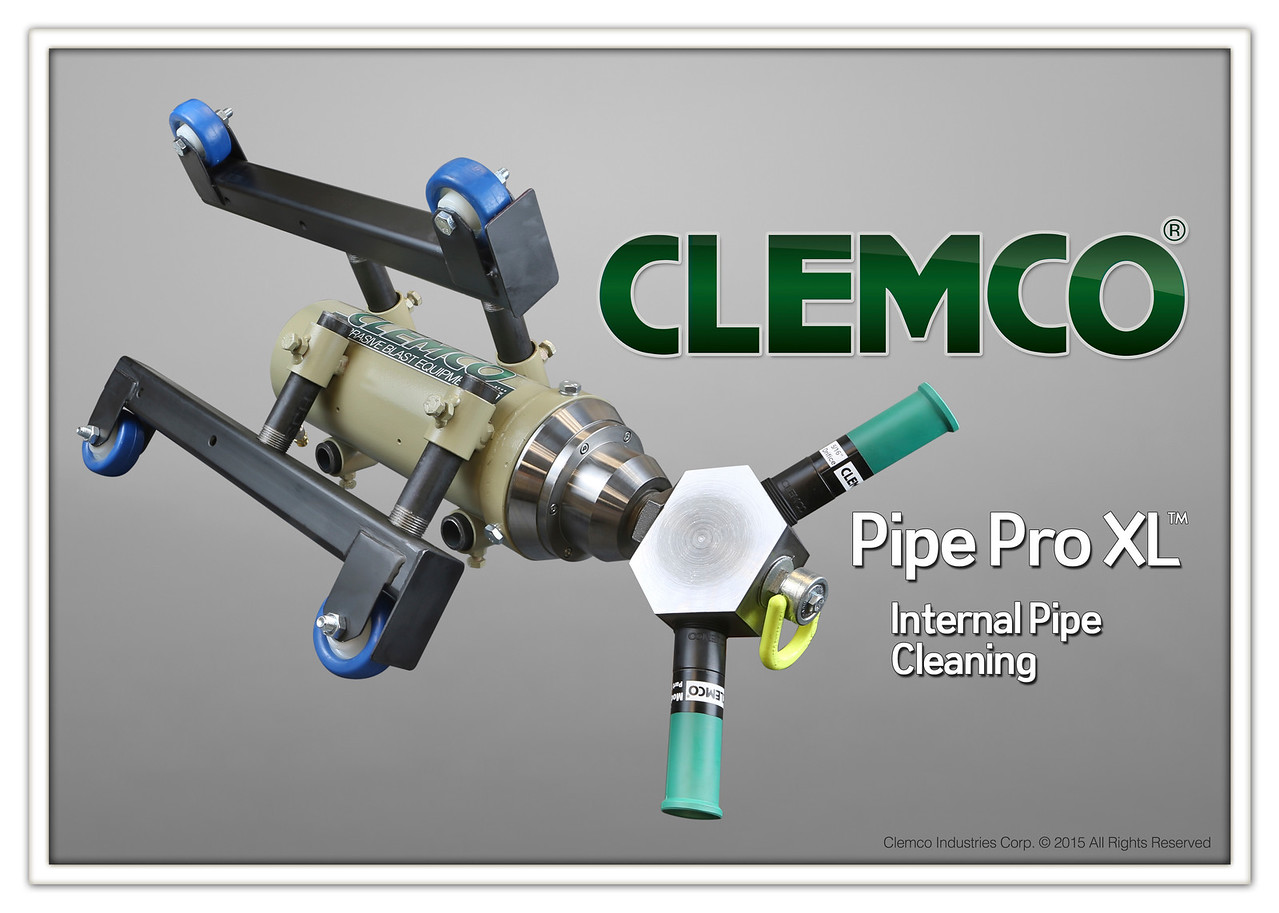 Alternative Blasting Machines
Alternative Blasting Machines
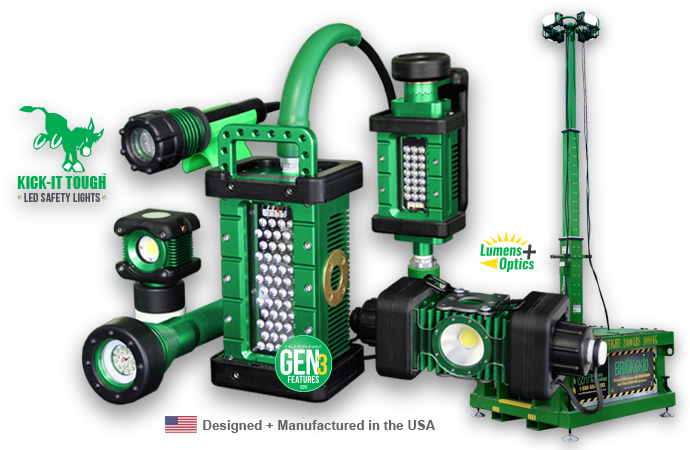 Blast Lighting
Blast Lighting
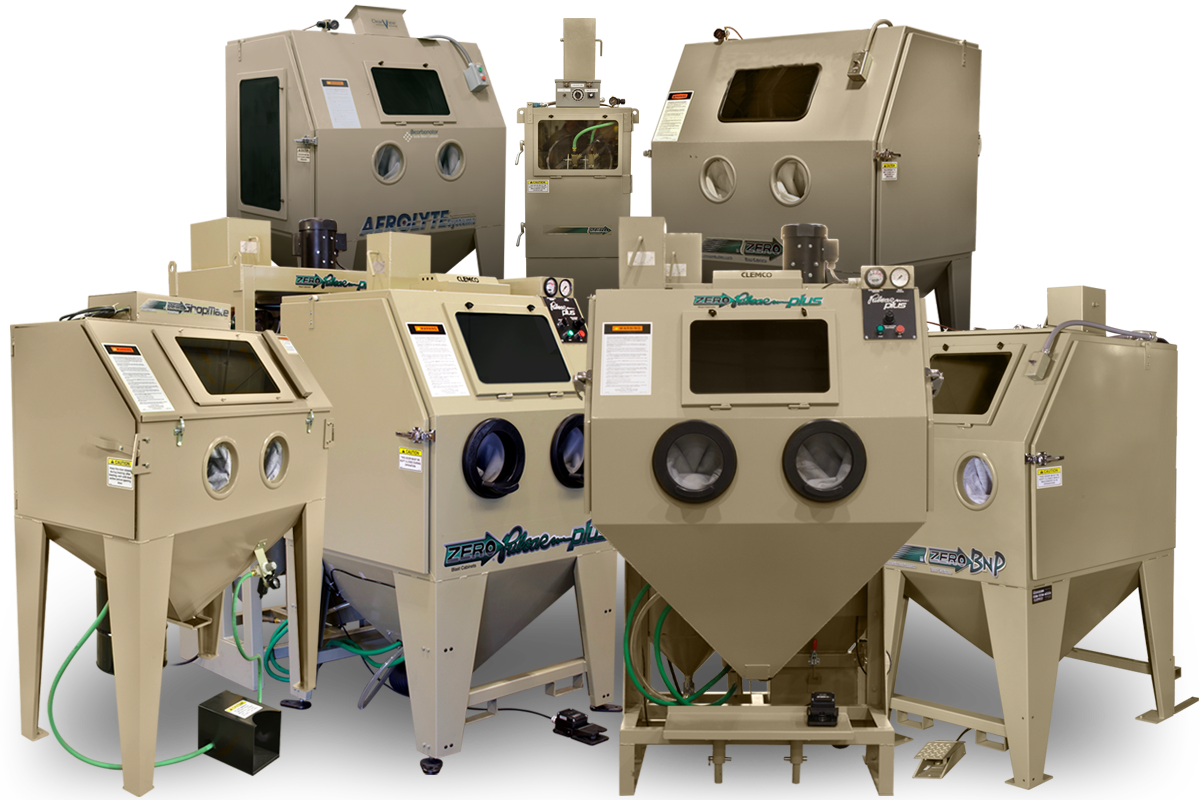 Blast Cabinets
Blast Cabinets
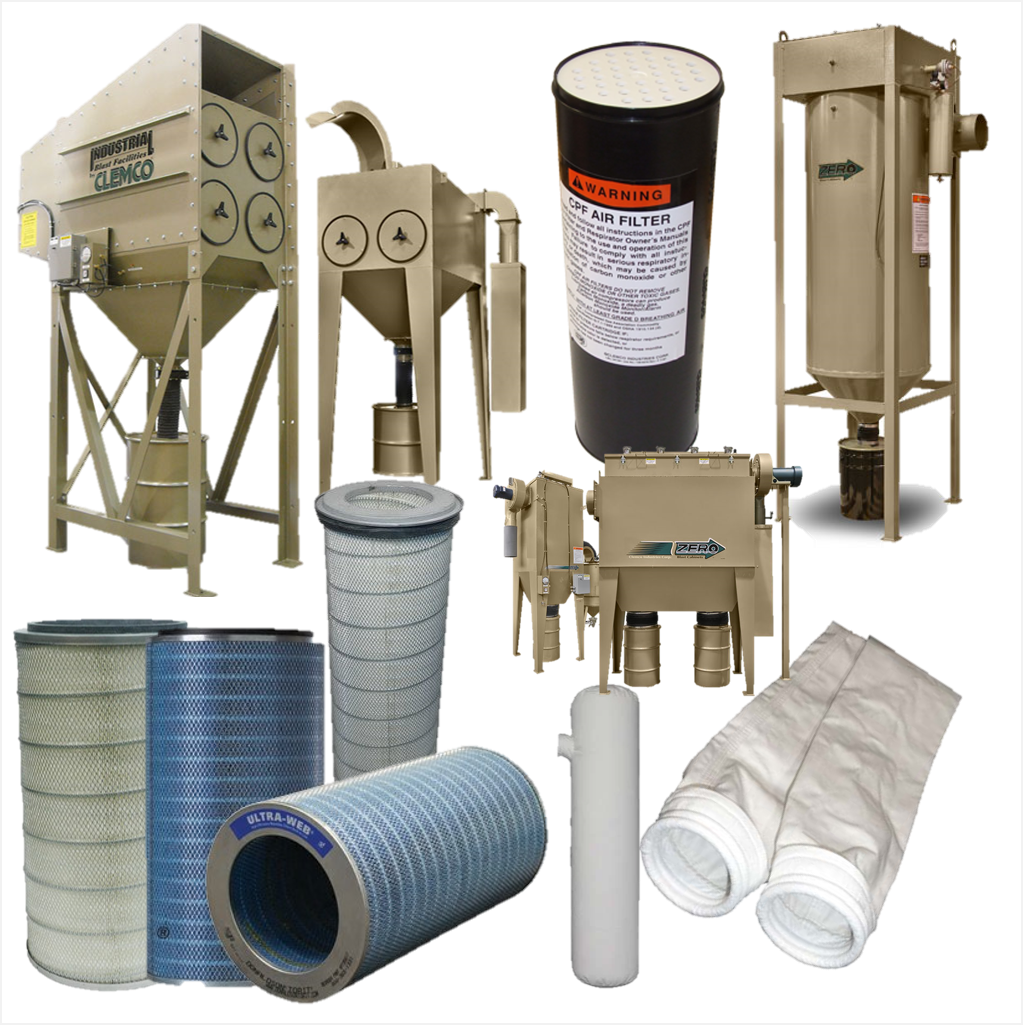 Dust Collectors
Dust Collectors
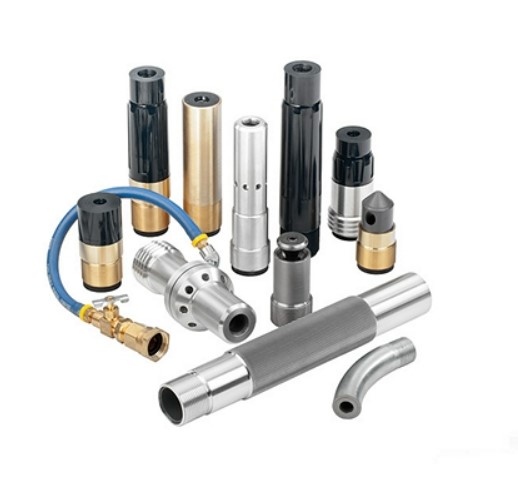 Blast Nozzles and Holders
Blast Nozzles and Holders
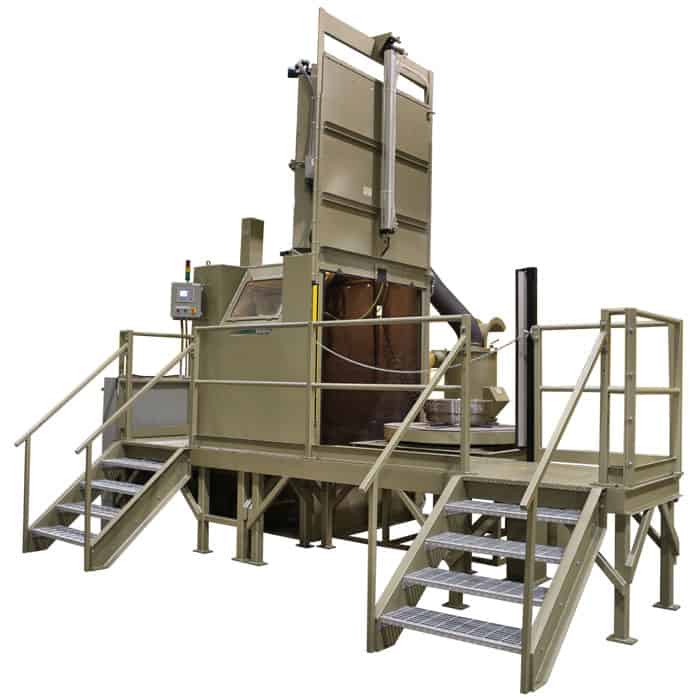 Automation
Automation
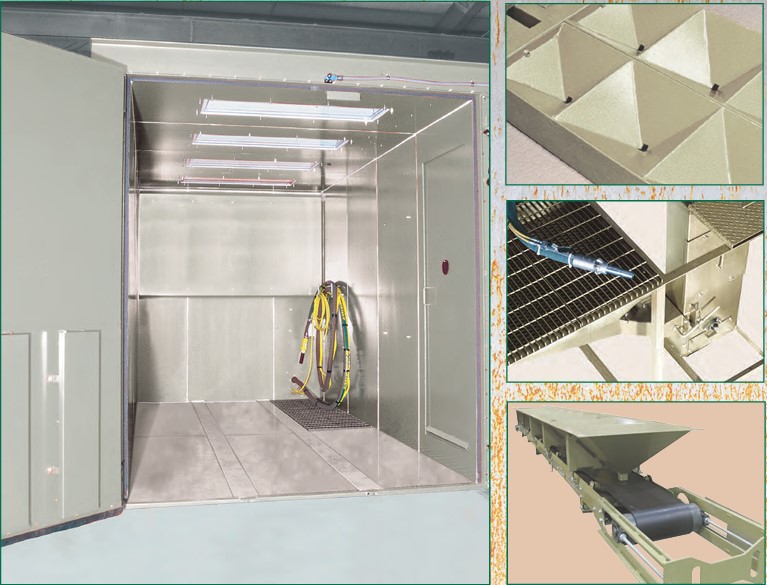 Industrial Blast Facilities
Industrial Blast Facilities
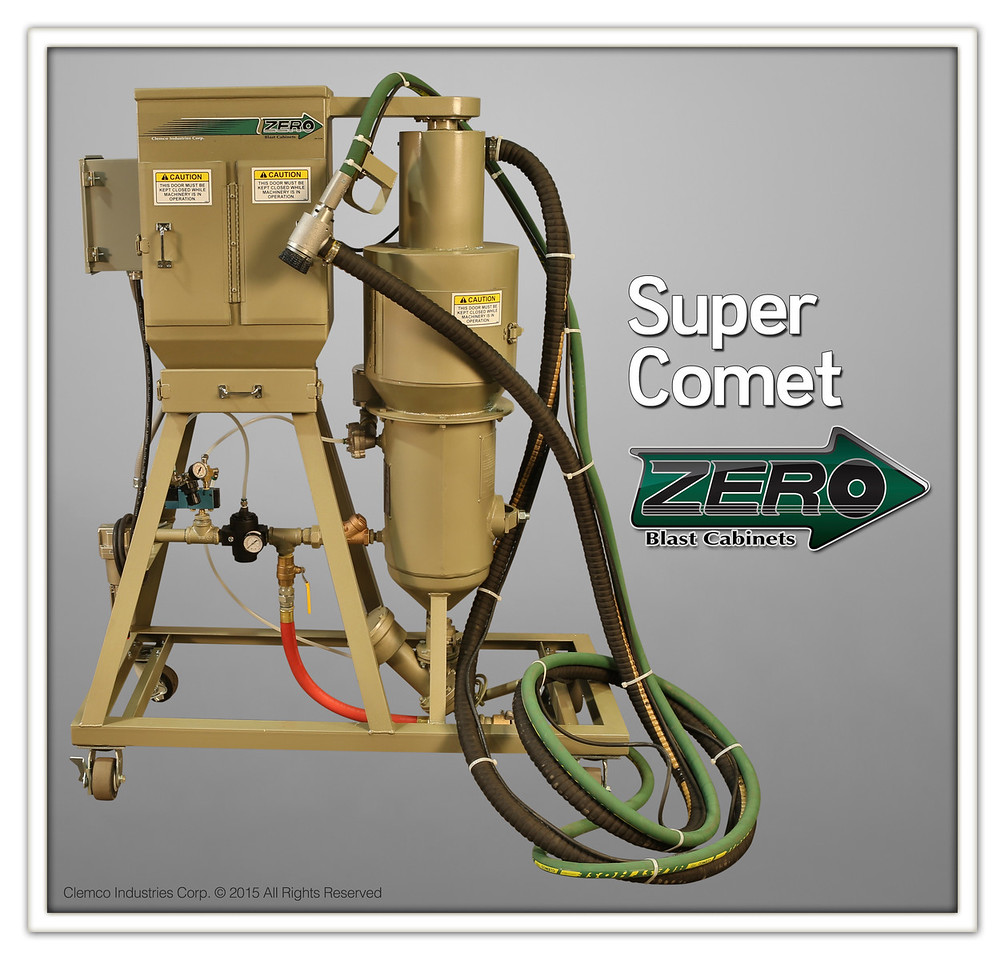 Specialty Equipment
Specialty Equipment
 MontiPower Surface Equipment & Parts
MontiPower Surface Equipment & Parts
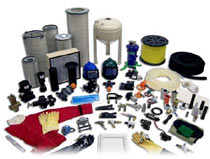 Replacement Parts & Supplies
Replacement Parts & Supplies
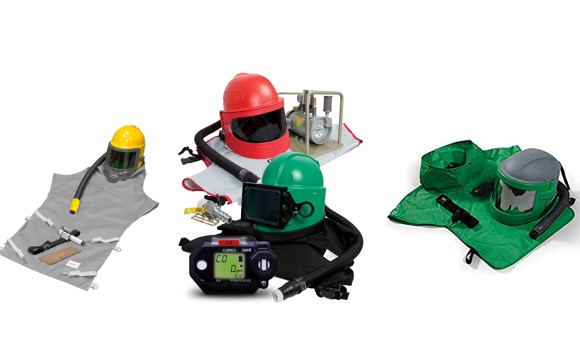 Blast Helmets & Accessories
Blast Helmets & Accessories
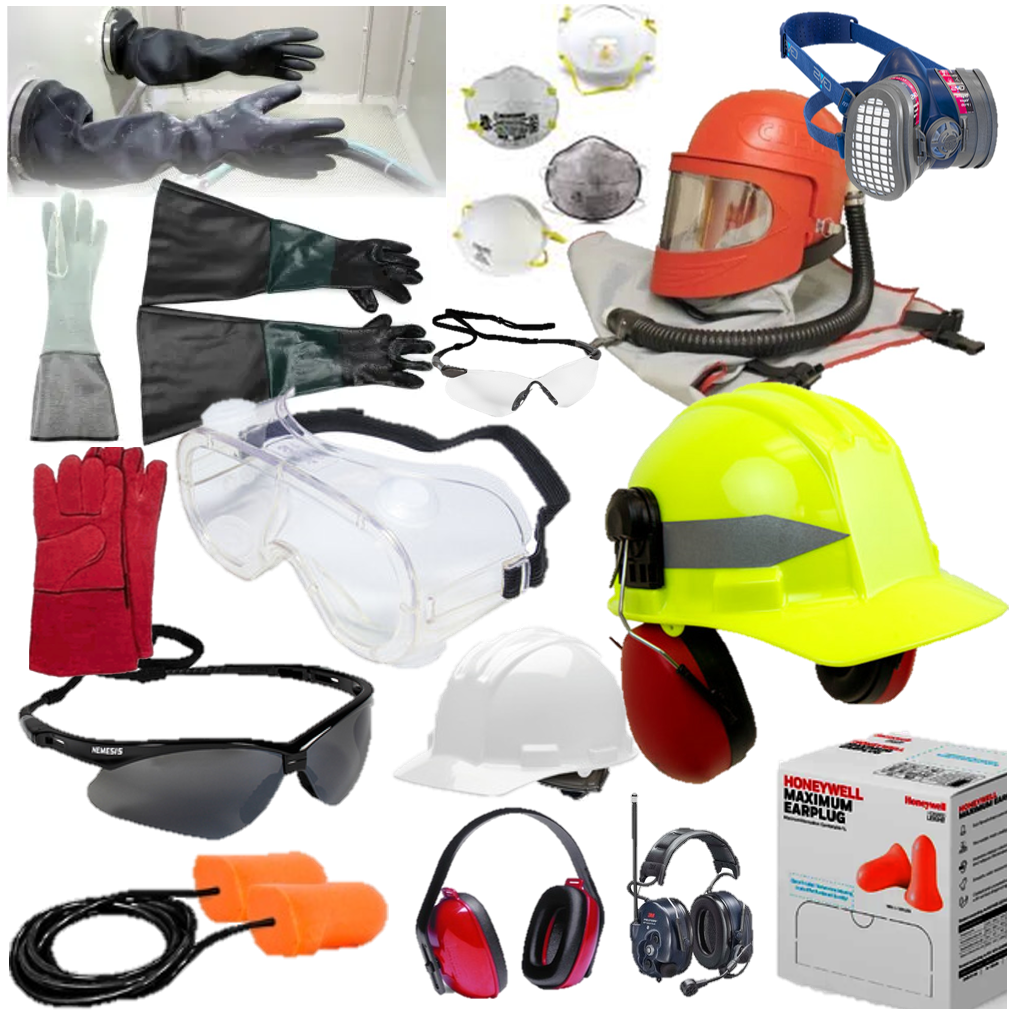 Safety Accessories
Safety Accessories
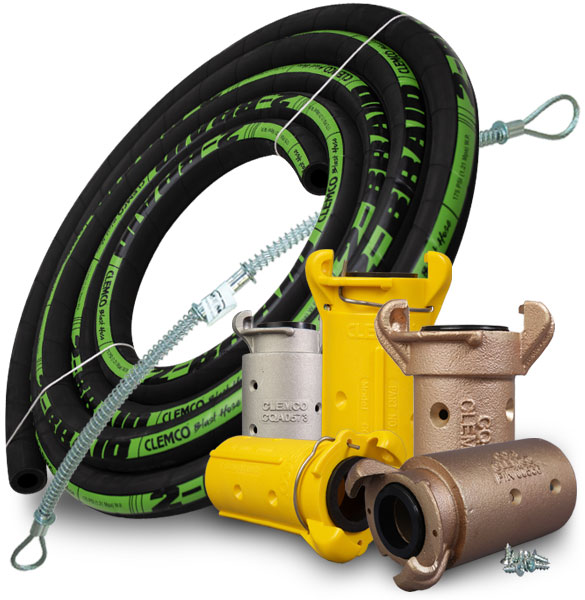 Hoses and Couplings
Hoses and Couplings
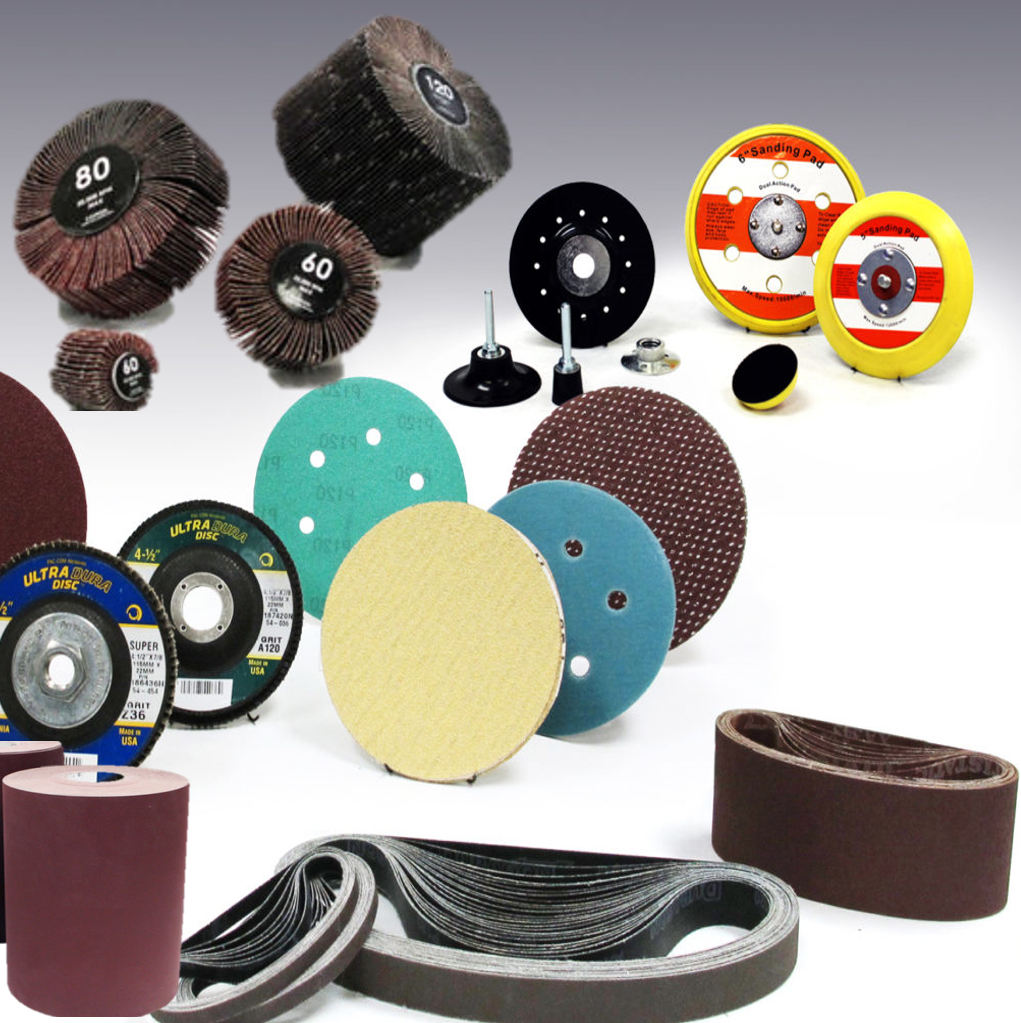 Abrasives Sanding Belts and Disc
Abrasives Sanding Belts and Disc
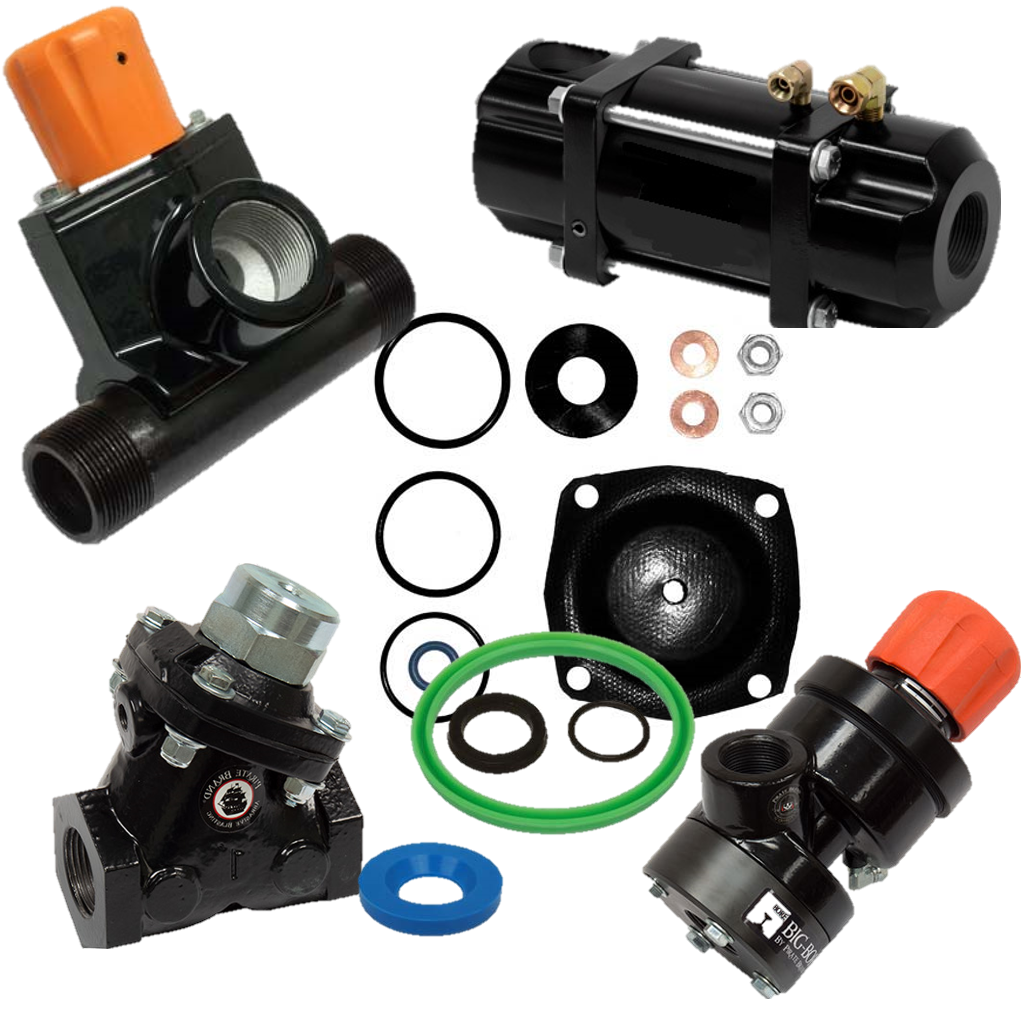 Schmidt MFG Valves and Parts
Schmidt MFG Valves and Parts